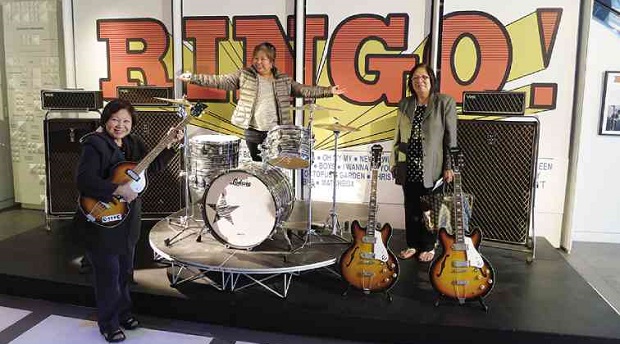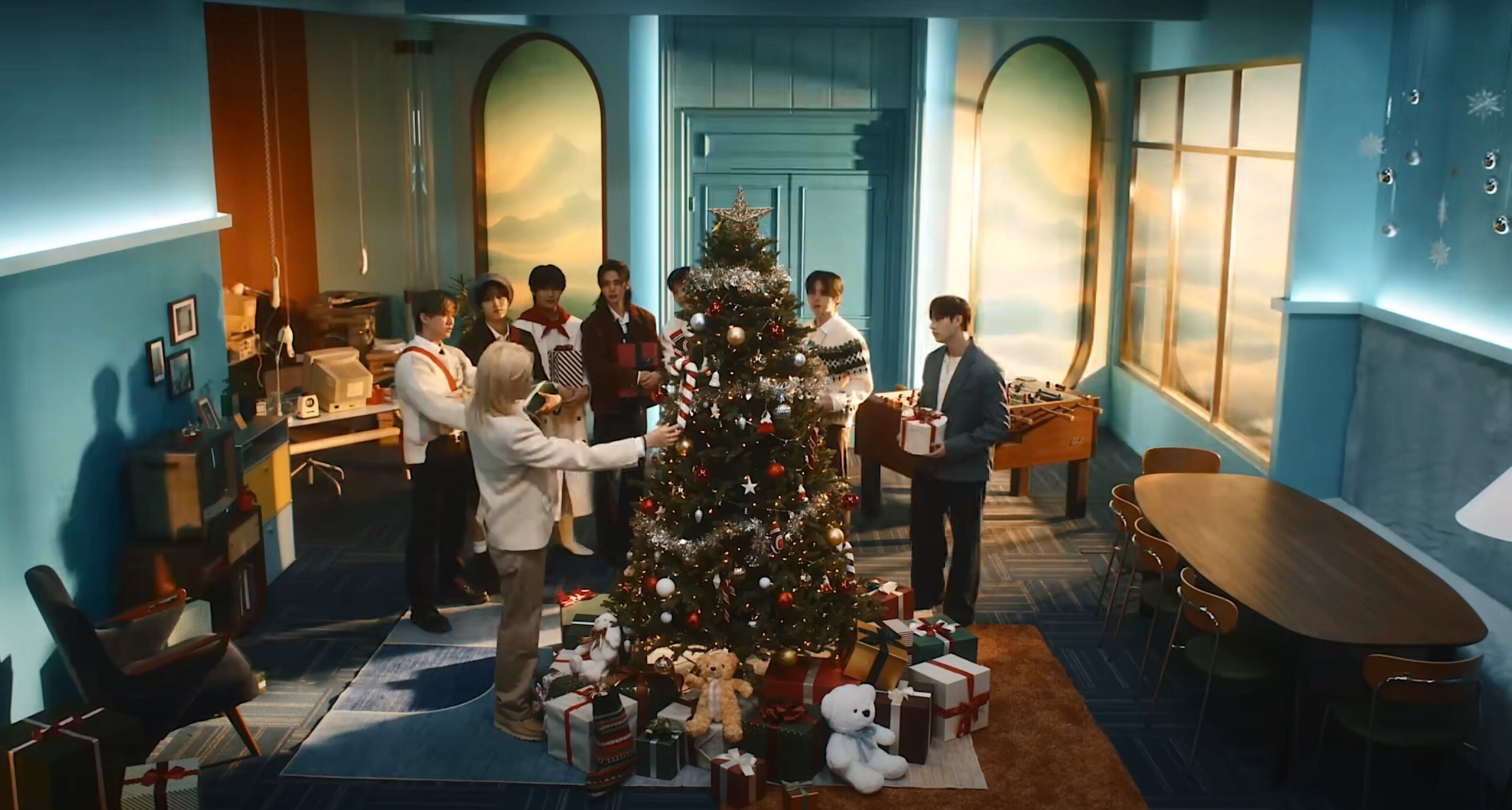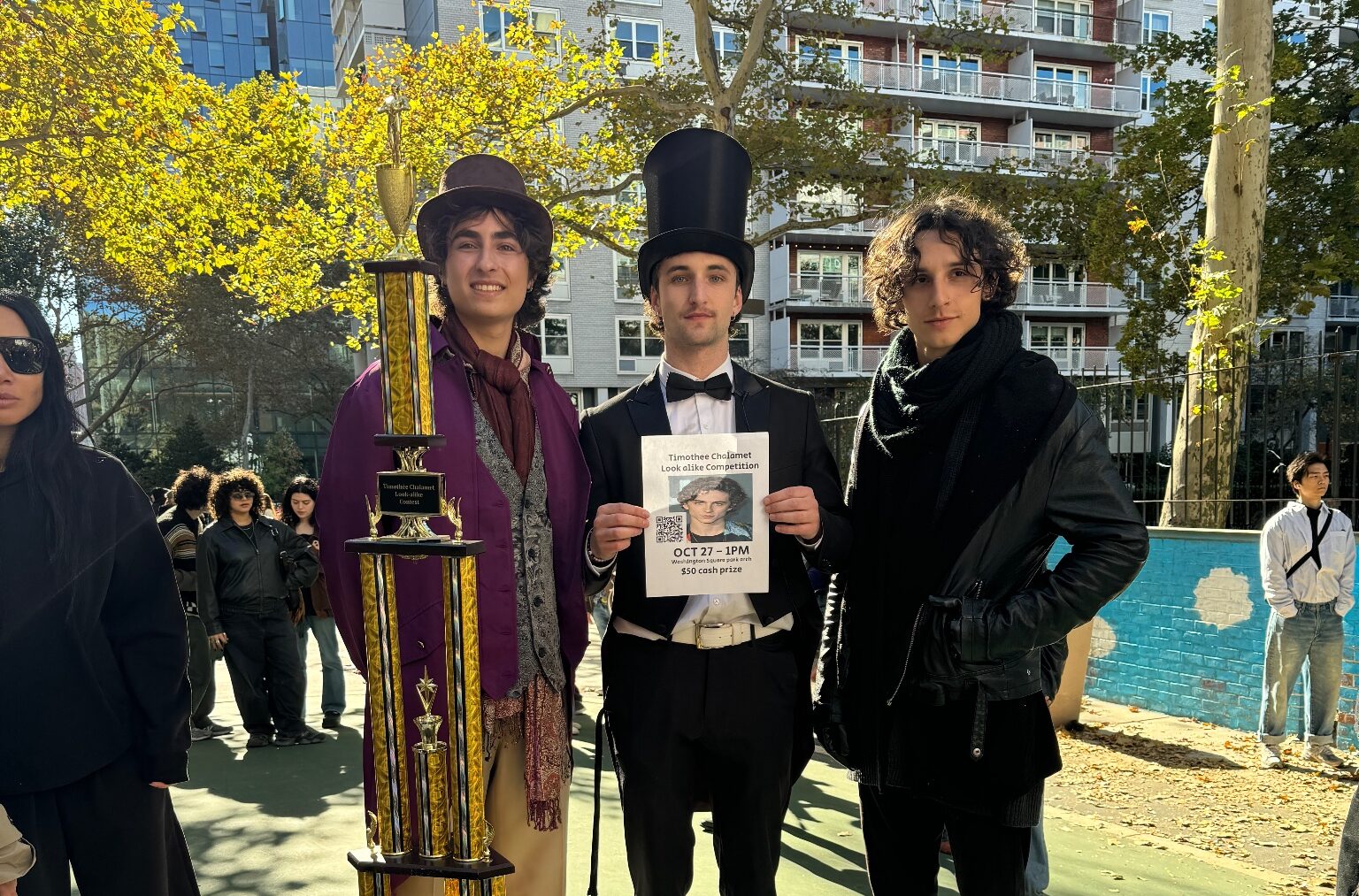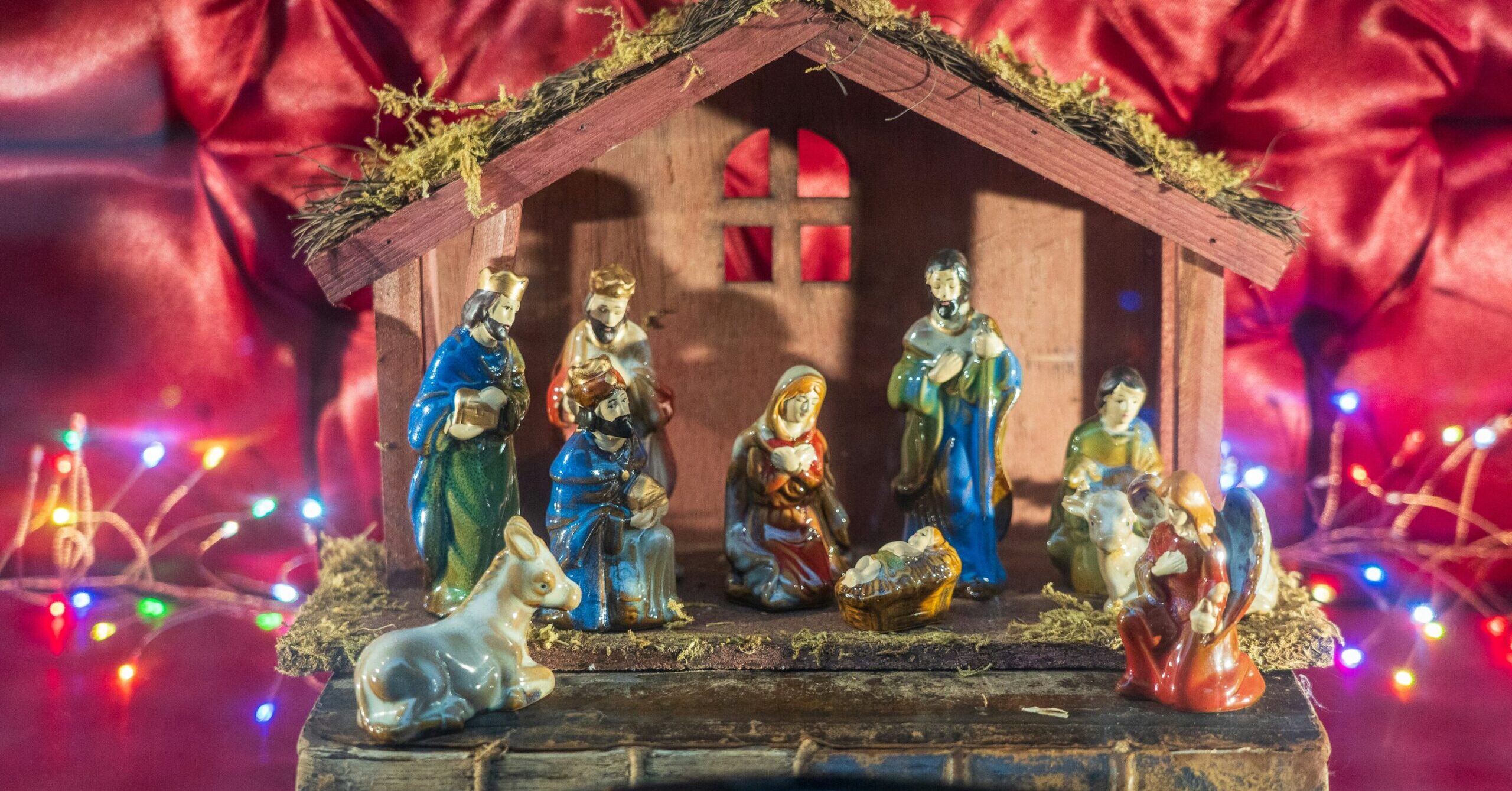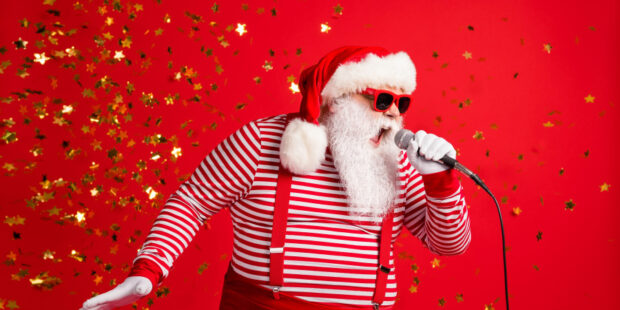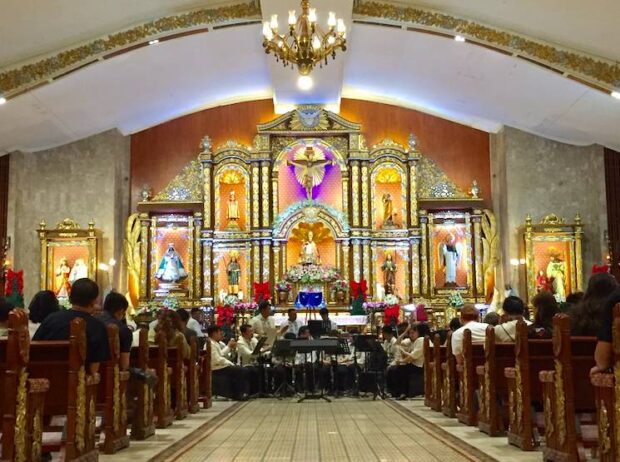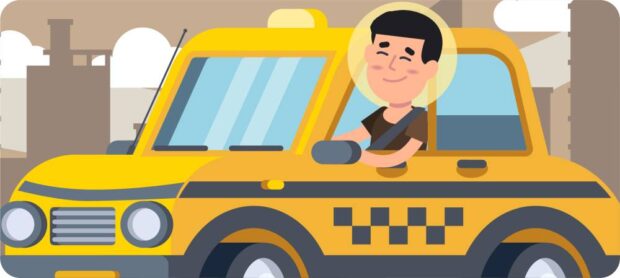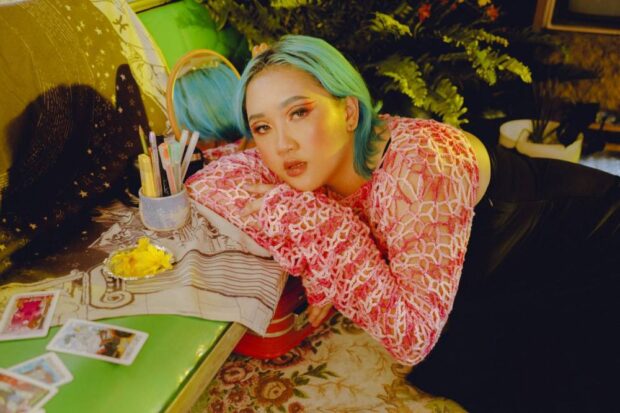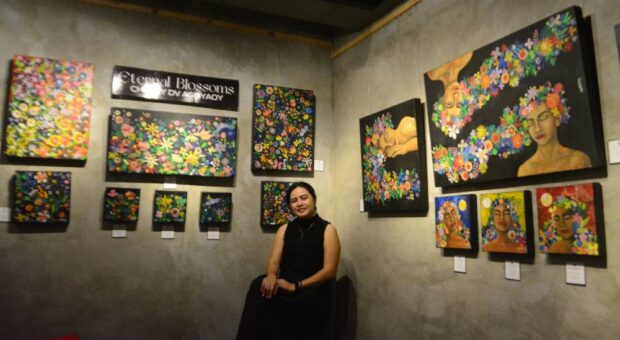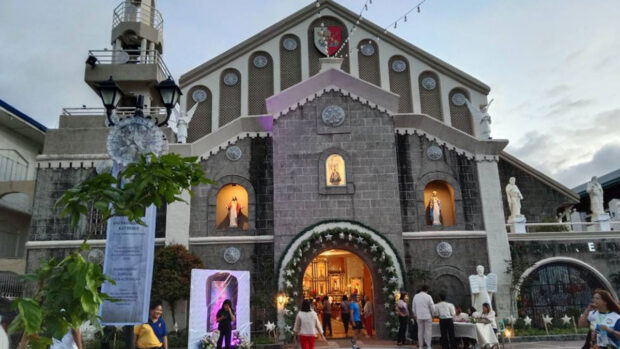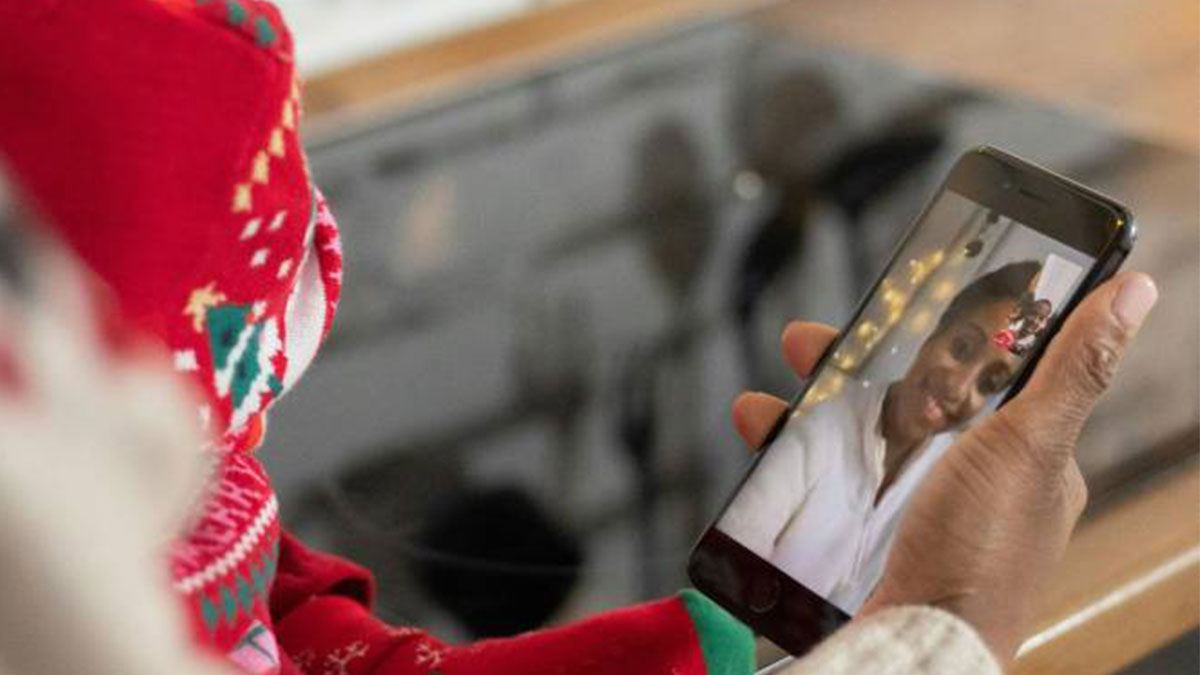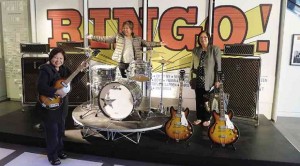
Upon my insistence, my cousins Gina Furman and Carmencita Purugganan brought me to The Grammy Museum in downtown Los Angeles. I had read of the exhibit of Ringo Starr’s memorabilia at the Grammy and, being a Beatles fan, I knew this was something I shouldn’t miss on my US visit.
Our plan was to view the exhibit for maybe a couple of hours. We ended up staying the whole afternoon.
How could we not? Titled “Peace and Love,” the exhibit showcases the life and times of Ringo Starr, the charming, inimitable drummer of The Beatles and my avowed favorite among the Fab Four.
Here are all the details of his life, from his childhood in Liverpool, to his early days as musician, to the raucous days of the rock band that changed music history, and later to his solo career as singer, actor, artist, songwriter, winner of seven Grammy awards, and leader of his own All-Starr Band.
Indeed, viewing the artifacts, letters, photographs and videos is like discovering Ringo all over again—and learning things about him not generally known during The Beatles’ heyday.
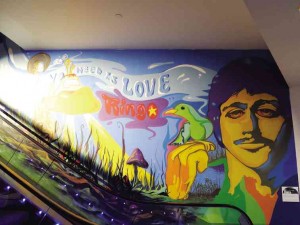
Born July 7, 1940, Richard Starkey was a sickly child, with ailments like appendicitis, peritonitis and pleurisy causing him to miss so many schooldays he eventually dropped out of school.
His parents separated when he was just a few years old, his mother later remarried, and it was Harry Graves, his stepfather, who bought Ringo his first set of drums. He hasn’t stopped playing the drums since.
How Richard Starkey became Ringo Starr, the drummer of the band universally acclaimed as the greatest in rock music history, is a confluence of fate, talent and being at the right place at the right time.
Fascinated by drums at an early age, Ringo started out as drummer for a group called Rory Storm and the Hurricanes. He would also sometimes play drums for The Beatles, when it was a fledgling band, as a substitute for its drummer Pete Best.
When Best was let go, Ringo became the natural choice to replace him. And the rest, as they say, is history.
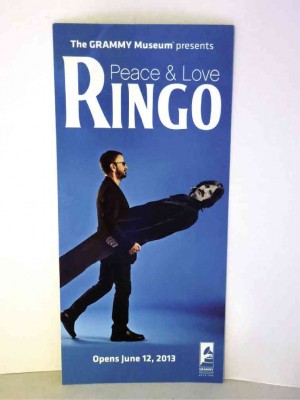
Prominently displayed on the ground floor of The Grammy Museum are replicas of the guitars and drums used by The Beatles. Though taking photos is prohibited, visitors are encouraged to take pictures of these replicas. Without thinking twice, my cousins and I gamely posed with the guitars and drums, pretending to be rock stars.
I got goose bumps upon seeing the original drum kits Ringo used during their August 1965 appearance on “The Ed Sullivan Show” and for the recording of “Let It Be,” “Abbey Road” and “The White Album.” Encased in protective glass, the black pearl drum set has “Ludwig” and “The Beatles” logo prominently printed on it. I walked around the glass case viewing the drums in absolute awe, as if they were a relic from a saint. To think that Ringo once touched these drums!
Also on display are outfits he wore during some of The Beatles’ most memorable moments: the pink suit for the cover of “Sgt. Pepper’s Lonely Hearts Club Band” (hailed by some as the greatest rock album ever recorded); the cape he wore for the movie “Help!,” as well as the high-collar coats worn during some of their live performances.
Further down nostalgia lane, there’s a poster, almost yellowed with age, announcing the performance in Liverpool of Rory and the Hurricanes and The Beatles, when they were just starting to get famous.
Most touching are the personal items—photos of Ringo as a child, letters and postcards he sent his mother, to whom he was still Richy, even though the world already adored him by then as Ringo.
After gawking at the drums, clothes and letters, I spent a lot of time in the listening stations, watching video clips of Ringo’s performances, from his days with The Beatles to his current tours with his band. I couldn’t get enough of watching him sing “With a Little Help from My Friends,” “Act Naturally,” “What Goes On in Your Mind” and “Photograph.”
“Photograph” is also the title of his book, a collection of rare pictures, never-before-seen snapshots of The Beatles, and personal mementos showing his evolution from Liverpool kid to teen idol to the living legend that he has become.
Some photos also show the Fab Four in unguarded moments: George Harrison, for instance, washing his face in a hotel in Paris, or the four of them looking out in the distance.
But especially thrilling are the interactive stations. In one booth, you can sing “Yellow Submarine,” and have your voice recorded and played back. While I did try singing along, I didn’t have the nerve to listen to my own playback.
In still another station, you can sit before a drum set and take drum lessons from Ringo himself, who appears in a video screen and patiently teaches the rudiments of drum-playing (as if anyone can approximate his genius). Of course I did try following his instructions, only to feel grateful that Ringo was only on video. I shuddered to think what he would have thought of my clumsy attempts at drum-playing.
In case anyone hasn’t realized it yet, testimonials of Ringo’s greatness as a drummer are plastered on the walls. Praises from band mates John Lennon, Paul McCartney, George Harrison and other rock star greats hail Ringo’s unique talents on the drums. Never overplaying his role, he knew exactly how to hit just the right beat and rhythm so as to highlight the compositions of Lennon/McCartney and George Harrison which the world had come to love.
“Playing without Ringo is like driving a car on three wheels,” George Harrison is quoted as saying.
Indeed, the man John Lennon described as “the heart of The Beatles” is revered by many as the ultimate drummer and the most influential the world has ever known. We are so fortunate to be enjoying his performances in our lifetime, and to have him, a living legend, still with us, more than 50 years after his rise to fame.
That he’s willing to share his memorabilia with the world shows his generosity of spirit and is also a reminder of the legacy The Beatles—and Ringo Starr—have bequeathed to the world.
The exhibit is timely, too. This year marks the 50th anniversary of The Beatles’ first appearance on “The Ed Sullivan Show” in 1964, when screaming fans welcomed them from the moment they first stepped on US soil, making The Beatles from then on the official icon of rock music.
Besides, there’s no other time like the present to remind ourselves of the message that Ringo espouses in his exhibit: peace and love.
“Peace and Love” is on exhibit until April 27 at The Grammy Museum, 800 Olympic Blvd. and Figueroa St., between Flemings and The Farm, Los Angeles, California. General admission tickets: US$12.95

